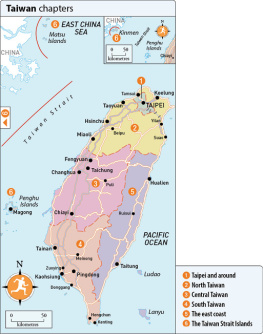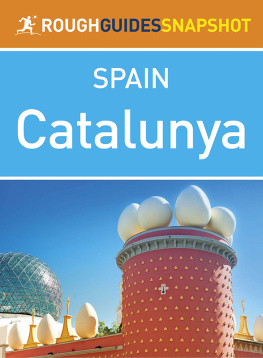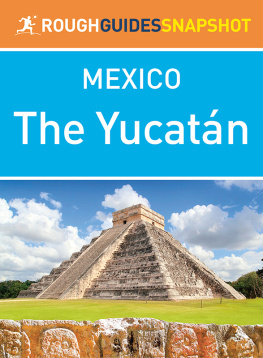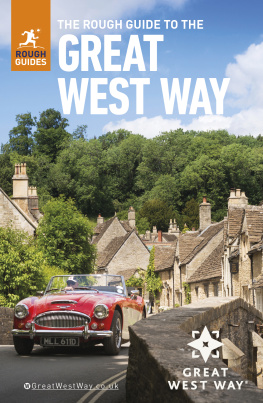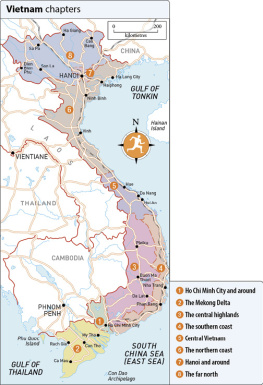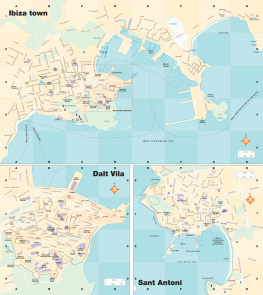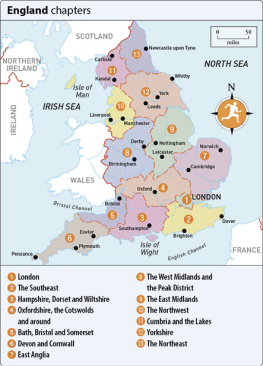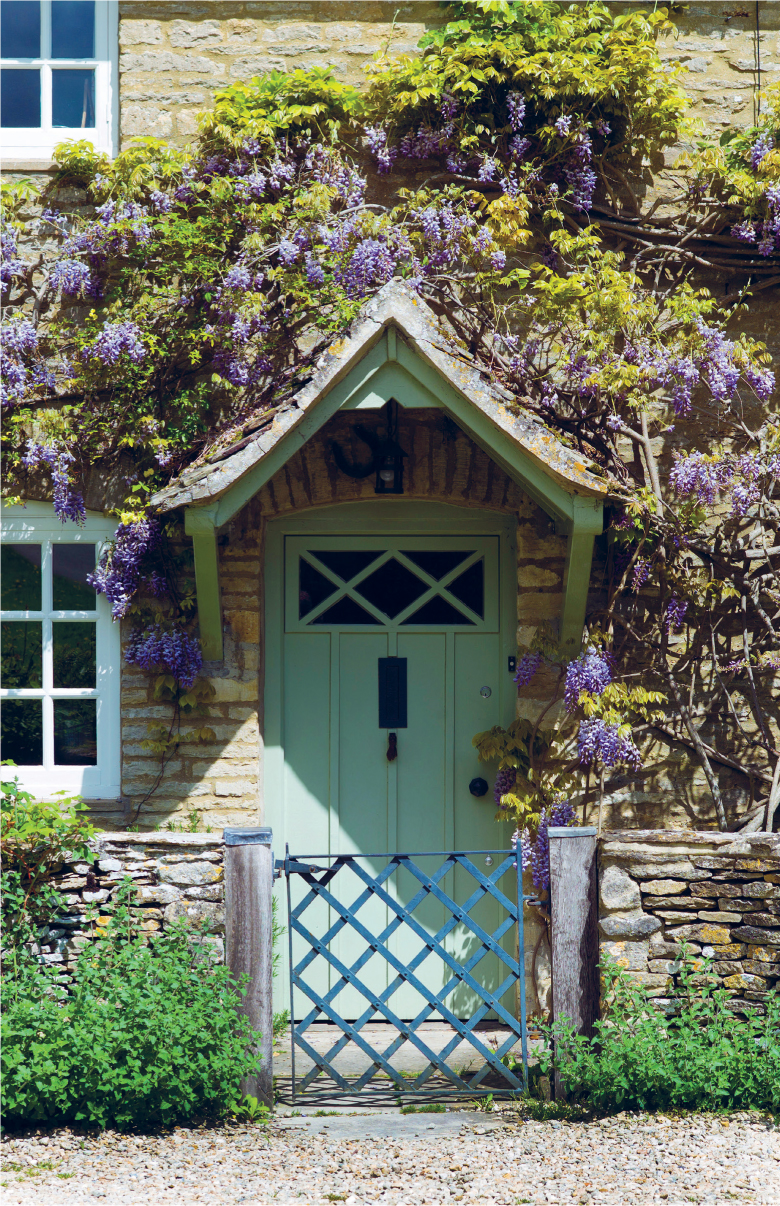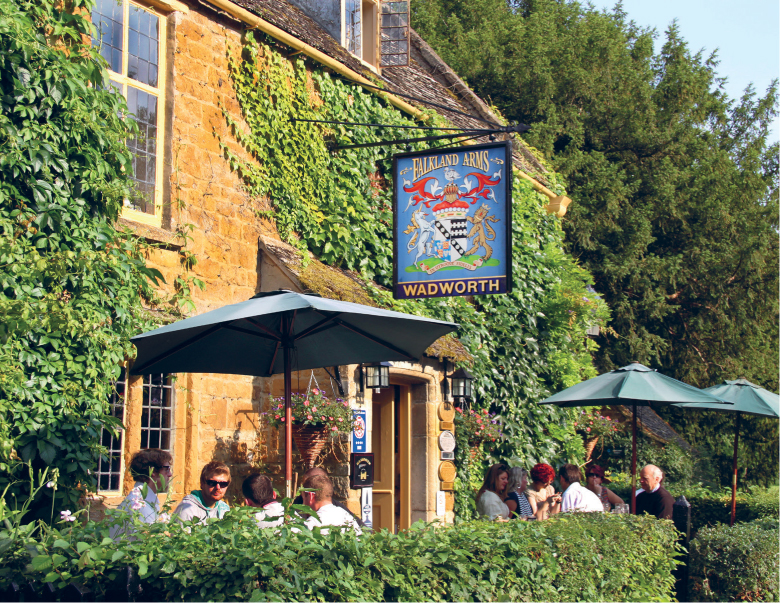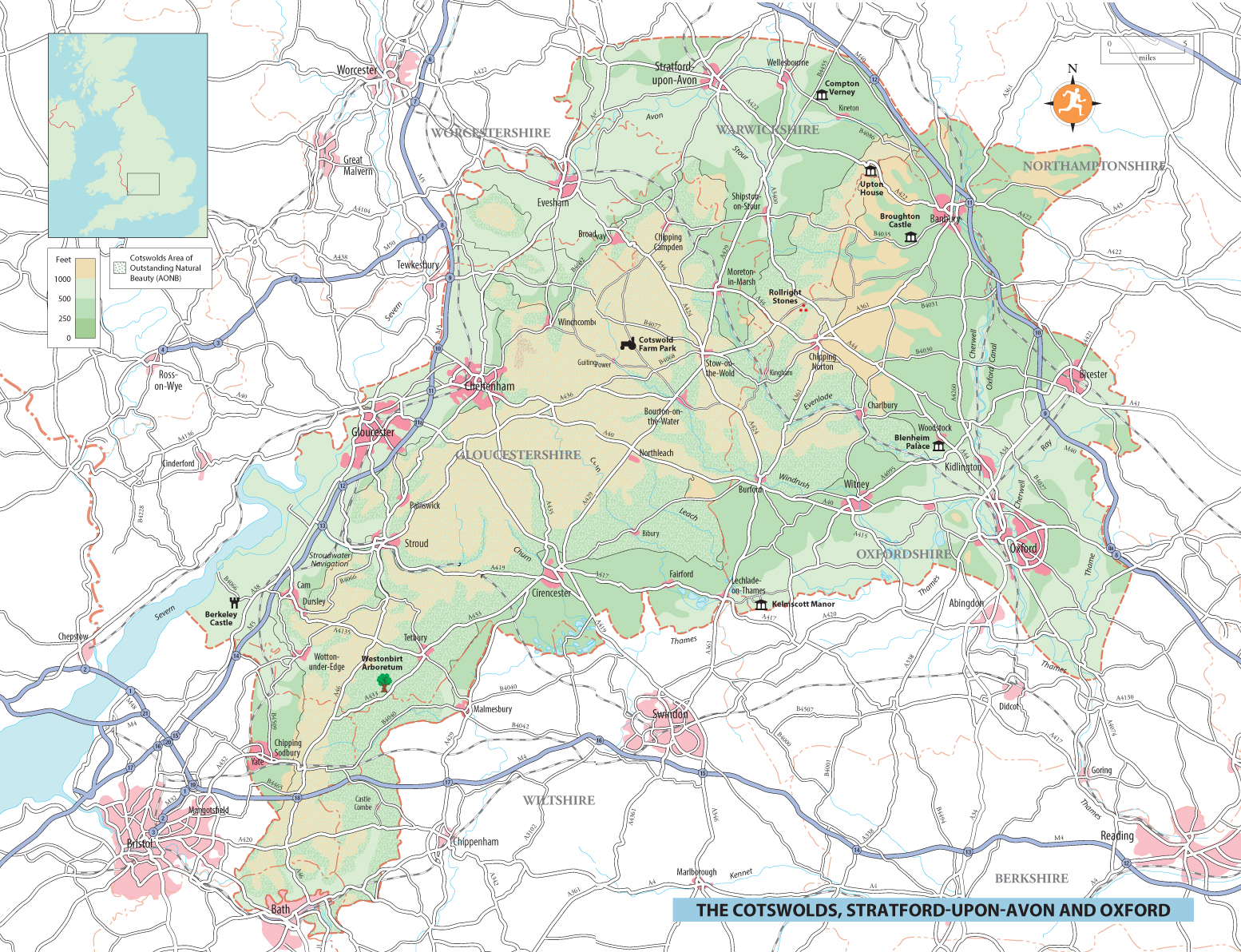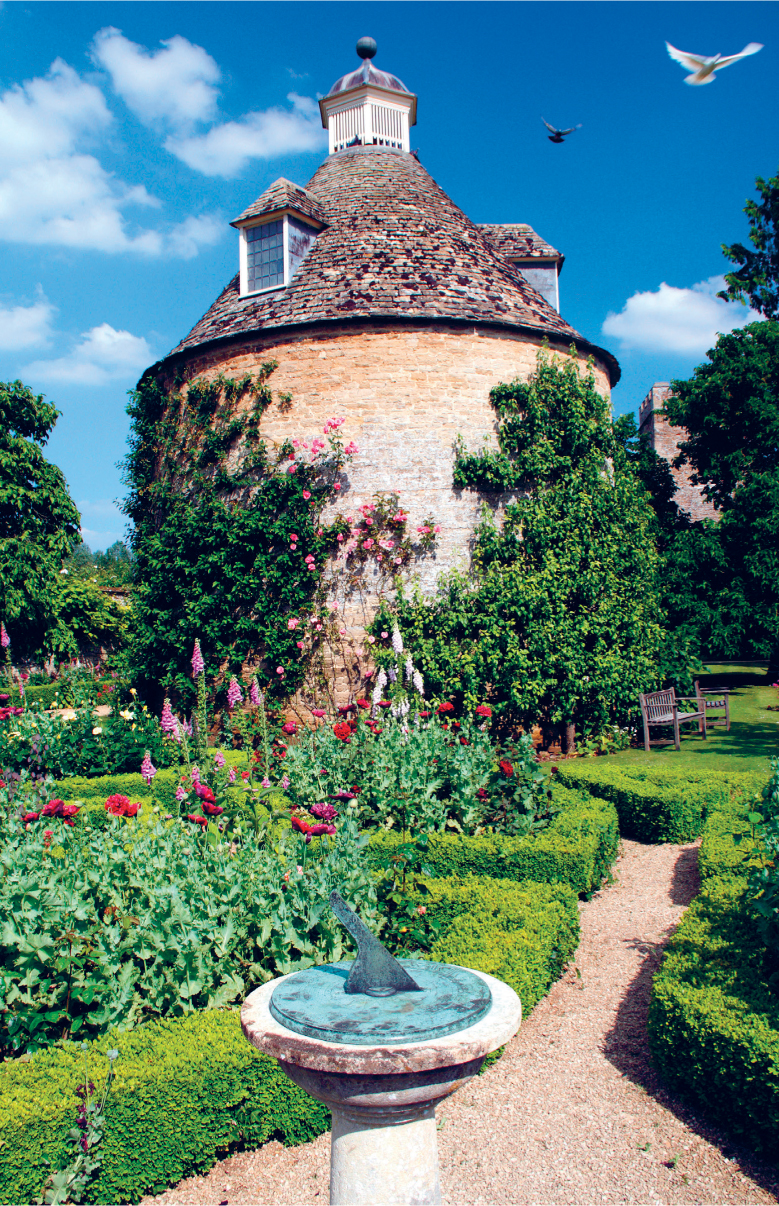
Robert Harding
WISTERIA-CLAD COTSWOLD COTTAGE RG
Contents
Shutterstock
Introduction to
The Cotswolds
The Cotswold hills are special. Thatched cottages, dry-stone walls and, above all, the mellow, honey-coloured stone used in the areas buildings lend a unique warmth and unity of character to towns, villages and countryside. Sheep graze in the shadow of country churches, backwater hamlets slumber in the sunshine catch the Cotswolds in the right place, at the right time, and you could almost imagine nothings changed here in hundreds of years.
Except, of course, it has. Despite the appearance of natural tranquillity, this landscape, tilted gently from Oxfordshires low-lying meadows up to the dramatic Cotswold Edge, an escarpment overlooking the Severn and Vale of Evesham, has been intensively managed for centuries. Caught in the heartland of southern England, forming a rough quadrilateral between Oxford, Stratford-upon-Avon, Cheltenham and Bath, the Cotswolds first grew wealthy on the back of the wool trade: the local breed of sheep, sporting a distinctive shaggy mane, is known as the Cotswold Lion.
By the early seventeenth century textile money was rolling in, and the Cotswolds were benefiting from the attentions of wealthy merchants. The landscape is still characterized by the grand wool churches they funded and the manor houses and almshouses they put up in the Jacobean style of the day high gables, mullioned windows, tall chimney clusters and all, everything built using that rich-toned yellow Cotswold limestone.
COTS WOLDS?
Wolds an Old English word referring to rolling uplands are not unique to the Cotswolds: both Lincolnshire and Yorkshire have their own. The origin of cot is trickier to pin down. Some say it has to do with a Saxon farmer named Cot or Cod, who settled near the source of the River Windrush. An alternative derivation is from the Old English term cot, cognate with cottage, meaning a simple rural dwelling: perhaps the Cotswolds were named for the stone shelters built on the wolds by Anglo-Saxon farmers for themselves and/or their sheep? Nobody really knows.
The second phase of prosperity has come in our own time. Tourism alongside an equally significant rise in property prices, as wealthy outsiders seek to buy into the Cotswolds clich of rural timelessness has changed everything. Today, of the 150,000 people living within the protected Cotswolds Area of Outstanding Natural Beauty, 73 percent commute to jobs outside. For the first time, it has become uneconomic for many to farm. The heritage industry has taken over, ruthlessly marketing the region with an over-reliance on twee imagery and funnelling visitors onto a tired old circuit of stately homes and gardens, tearooms and visitor attractions. As a consequence theres a fair amount of money sloshing around the Cotswolds economy, feeding a burgeoning service sector but also helping to keep traditional skills such as thatching and dry-stone walling alive.
This is a touristy destination, but there is a very definite beaten track and its not hard to steer clear of the crowds. Construct a visit not just around stately homes, but also around farmers markets. Rather than towns, resolve to stay in villages: some of the Cotswolds loveliest places to stay and best restaurants are out in the countryside. Tour by car if you like, but options exist for slower, more interesting ways to travel: by bike and on foot, as well as by bus. Thats what this book is all about an attempt to dodge the predictable and help visitors reshape their experience of this most distinctive of rural regions.
Rough Guides
CELEB-FREE COTSWOLDS
From Damien Hirst to Jeremy Clarkson, Liz Hurley to Laurence Llewelyn-Bowen, Kate Winslet to Lily Allen to name just six celebrities galore call the Cotswolds home (or second, third or fourth home). Elton John pops by, David and Victoria Beckham live here, Kate Moss has a mansion and then of course theres Prince Charles at Highgrove and Princess Anne at Gatcombe we could go on. But we dont. Thats the last youll hear of them.
Seasonality is key, expressed strongly in food. From the Stroud-Tetbury-Cirencester triangle all the way over to Woodstock, recent years have seen an axis of excellence developing across the Cotswolds in terms of restaurants, food and drink producers and markets. Raising the bar benefits consumers, through innovative cooking and exemplary standards in service and design, but also creates chances for home-grown talent both in and out of the kitchen to gain high-level experience locally. Producers fuel the increased demand with high-quality seasonal ingredients, from lamb to wild boar and beer to asparagus often also sold direct on market squares region-wide. Food is making the Cotswolds famous all over again.
Where to go
Where the Cotswolds start and end is a matter of personal opinion: there are no formally agreed boundaries. This book sets its own limits. We include Oxford with an extraordinary history and atmosphere, its worth a few days of anyones time. With minor exceptions, we do not venture further east than Oxford, nor further west than the cathedral city of Gloucester. In the south we stick to the River Thames and then dip down to the M4, stopping short of Bath (covered in The Rough Guide to Bath, Bristol & Somerset). The northern limit is Shakespeares home town of Stratford-upon-Avon.
In the heart of the Cotswolds, three of the most visited destinations lie within twenty miles of each other: Burford has a classically attractive sloping main street of old stone houses, Bourton-on-the-Water is a picturesque riverside village and Broadway forms a photogenic cluster of ex-coaching inns. All are pretty, but none is wholly satisfying not least because everybody goes there.
The regions single most attractive town is Chipping Campden, a beguiling mix of golden Jacobean facades, fascinating history and thriving community spirit. Classic Cotswold landscapes abound in the villages nearby, including Ebrington, Blockley and Stanton, along with superb gardens at Hidcote, Kiftsgate and Batsford, great walking on the Cotswold Way and excursions to stately homes including Snowshill and Stanway.
Just to the east, past Moreton-in-Marsh and Stow-on-the-Wold, stretch the gentle Oxfordshire Cotswolds, anchored by the royal town of Woodstock (alongside splendid Blenheim Palace) but best experienced in the villages notably Kingham and Charlbury.





